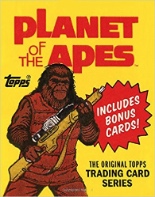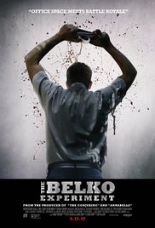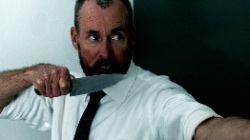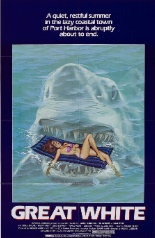
 Among all the Jaws imitators to have surfaced from international waters, Italy’s Great White is unique: It is the only one to be sued out of the marketplace by the litigious Universal Studios for being too much of a carbon copy. Okay, so in hindsight, maybe it wasn’t the brightest idea to send Vic Morrow to wardrobe as if he were going to a Halloween ball as Robert Shaw’s salty shark hunter Quint.
Among all the Jaws imitators to have surfaced from international waters, Italy’s Great White is unique: It is the only one to be sued out of the marketplace by the litigious Universal Studios for being too much of a carbon copy. Okay, so in hindsight, maybe it wasn’t the brightest idea to send Vic Morrow to wardrobe as if he were going to a Halloween ball as Robert Shaw’s salty shark hunter Quint.
Milking his Irish accent so hard, Morrow plays grizzled second fiddle to clean-cut James Franciscus (The Cat o’ Nine Tails) in the Roy Scheider family-man role and publicly theorizes that the toothed beast may be “crazed.” The appearance of (B-roll of) this shark threatens to ruin their coastal town’s upcoming windsurfing competition, which is such a big deal that is the radio station DJ talks about local surfers between stacks of platter the way other markets do traffic and weather. Yes, it’s That Big, and the mayor (Joshua Sinclair, Lady Frankenstein), who may as well be named Murray Hamilton, isn’t about to let a few bloody stumps disrupt the economically rewarding festivities.
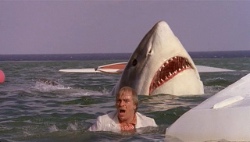 The longer Great White (aka The Last Shark) goes on, the more you can sense members of the Uni legal team drooling on a draft of the injunction. Whereas Steven Spielberg had the iconic score of John Williams working in his favor, Enzo G. Castellari (Cold Eyes of Fear) is saddled with the discordant theme of what sounds like a seal choking as it passes gas. Whereas Spielberg relied upon that rarely working but terrifyingly lifelike shark, Castellari has to get by on a mix of stock footage, a rigid model and, best/worst of all, a barely moving head that might have been “borrowed” from Universal’s famed tram ride.
The longer Great White (aka The Last Shark) goes on, the more you can sense members of the Uni legal team drooling on a draft of the injunction. Whereas Steven Spielberg had the iconic score of John Williams working in his favor, Enzo G. Castellari (Cold Eyes of Fear) is saddled with the discordant theme of what sounds like a seal choking as it passes gas. Whereas Spielberg relied upon that rarely working but terrifyingly lifelike shark, Castellari has to get by on a mix of stock footage, a rigid model and, best/worst of all, a barely moving head that might have been “borrowed” from Universal’s famed tram ride.
To be fair, Castellari does have one thing Spielberg’s classic does not: a shot of a corpse-stiff dummy rocketing into the sky as the shark bursts from the water like a geyser. So phony it’s funny, the bit dared me not to replay it thrice. —Rod Lott

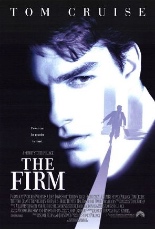
 If you’ve ever wanted to see someone kick the ever-lovin’ crap out of Wilford Brimley while he’s down on the ground — and let’s face it, we all have at one point in our lives — then why don’t you just go right ahead and move
If you’ve ever wanted to see someone kick the ever-lovin’ crap out of Wilford Brimley while he’s down on the ground — and let’s face it, we all have at one point in our lives — then why don’t you just go right ahead and move 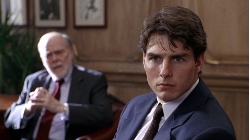
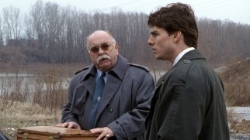
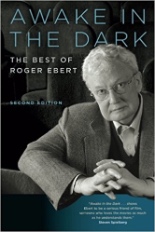
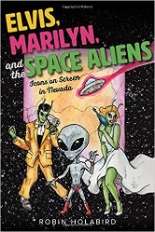
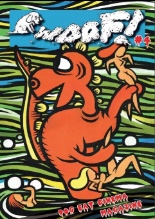 Attention, cult cinemaniacs who like to sniff out zines catering to their peculiar tastes: Hunt down
Attention, cult cinemaniacs who like to sniff out zines catering to their peculiar tastes: Hunt down 